5 best snake species as pets
Love the animals❤❤❤
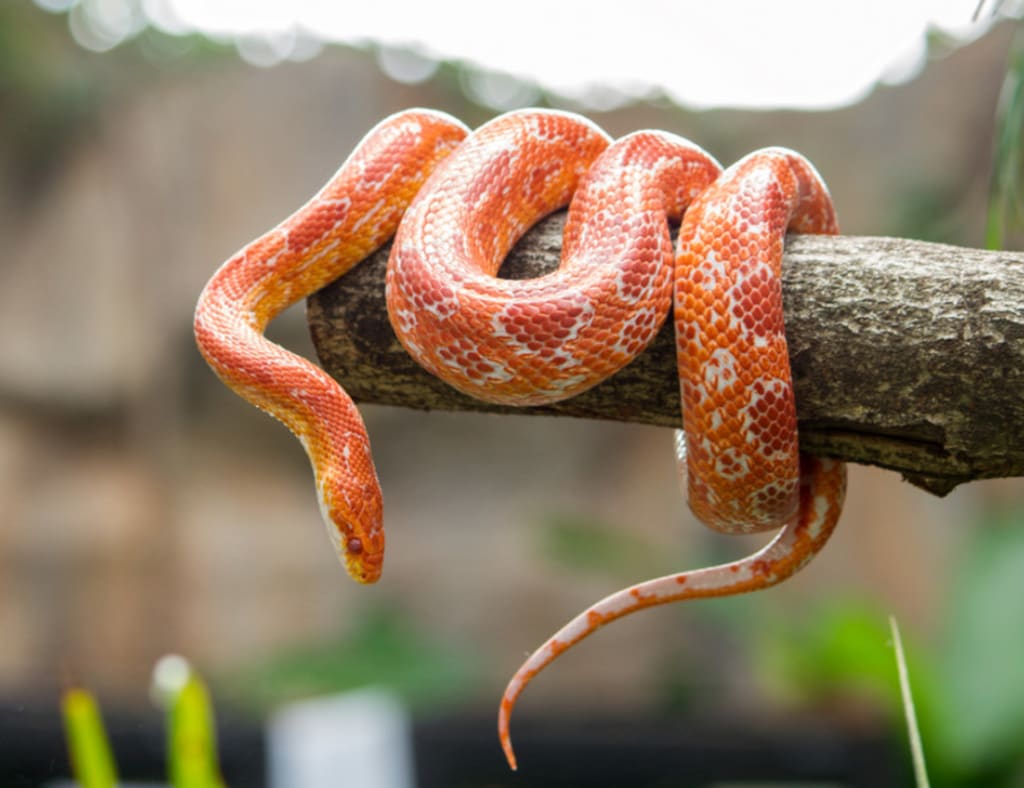
Although not to everyone's liking, there are people who are fascinated by snakes and want to adopt one as a pet. Since it is not an easy choice, we have prepared a list of the best snakes as pets, which do not require too complicated care.
HERE ARE THE 5 BEST SNAKE SPECIES AS PETS
1. THE CORN SNAKE
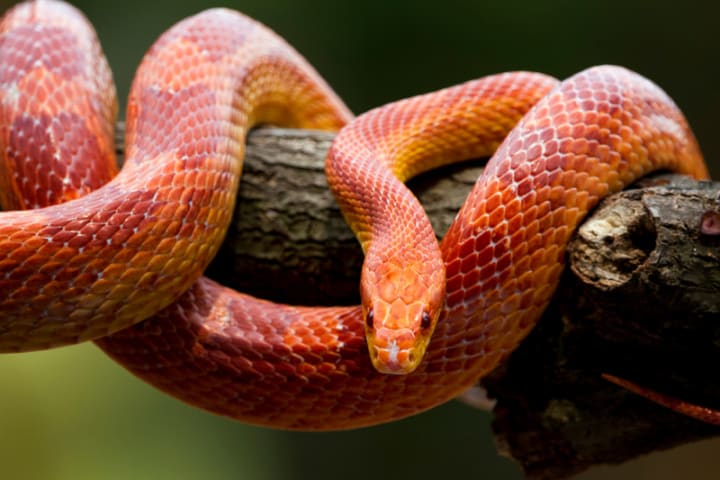
This colorful snake in different shades is perfect as a pet. Quite docile, easy to handle and care for, the corn snake is native to North America.
They are some of the most popular snakes as pets due to their behavior and color combinations, they do not grow too much, they do not need a large enclosure, and if you want to raise them, they are very easy to multiply.
Corn snakes, despite their superficial resemblance to the poisonous copperhead and the fact that they are frequently killed as a result of this misidentification, lack functional venom and are therefore harmless. Corn snakes benefit people by assisting in the management of wild rodent pest populations that destroy crops and spread disease.
Corn snakes are named because their frequent appearance around grain stores, where they prey on mice and rats who consume harvested corn (maize).
The Corn Snake is named after the distinctive, nearly-checkered pattern of the snake's belly scales, which resembles the kernels of variegated corn, according to the Oxford English Dictionary, which dates back to 1675. Other sources claim that the snake is named after the distinctive, nearly-checkered pattern of the snake's belly scales, which resembles the kernels of variegated corn.
2. PITON REGAL
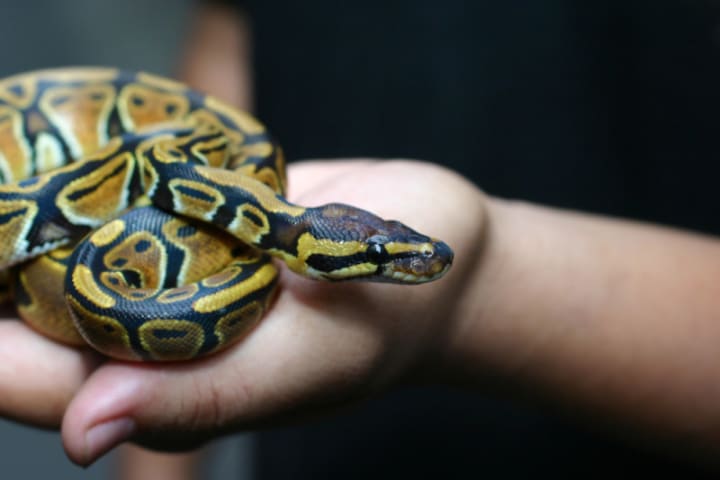
The royal python is one of the most popular snakes due to its wide color palette and their generally shy behavior.
With proper care techniques it is not too difficult to grow a royal python. It is not a large snake, reaching 90-150 cm, but it is heavy and needs a certain humidity in the cage, because they originate from Central and West Africa.
The royal python is also called a "ball python" because it tends to curl into a ball when stressed or scared, protecting the head in the center of the spool. The name "Royal Python" (Latin regius) is based on the story of Cleopatra carrying the snake around her wrist.
3. CALIFORNIAN ROYAL SNAKE
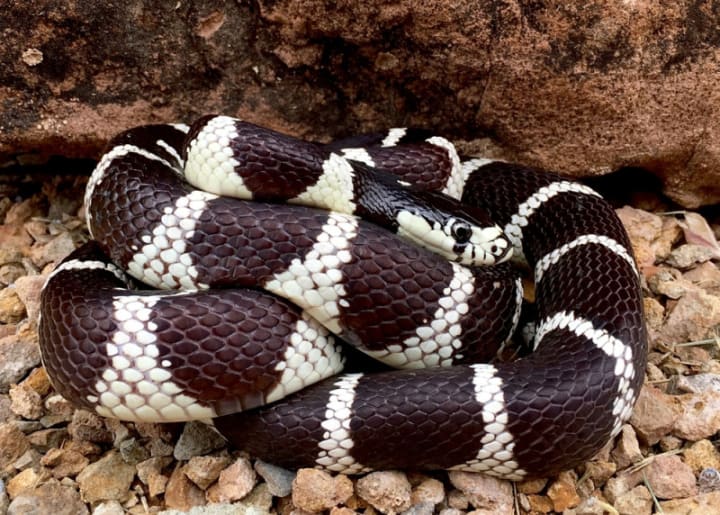
They are called kings because of their ability to kill and eat the snakes with bells, to whose venom they are immune.
With a maximum length of 1.5 meters, the Royal California is a good choice for beginners.
The High White Kingfisher (Lampropeltis getula californiae "High White" or California Kingsnake "High White") is a non-venomous hummingbird snake endemic to the western United States and northern Mexico. Its predominant color is intense white, which distinguishes it from other Common Snake subspecies. The Royal California High White Snake has an immaculate white body with a variety of streaks, the most common of which are black.
It is a non-venomous snake that grows to be between 1.20 and 1.80 meters long and lives for roughly 20 years. It's a tense and aggressive snake, so be cautious. It eats rodents, small birds, chickens, and lizards, and like non-venomous snakes, it kills its food via constriction. California High Snake Royal Chicken's Age: Chicken.
4. THE MILK SNAKE
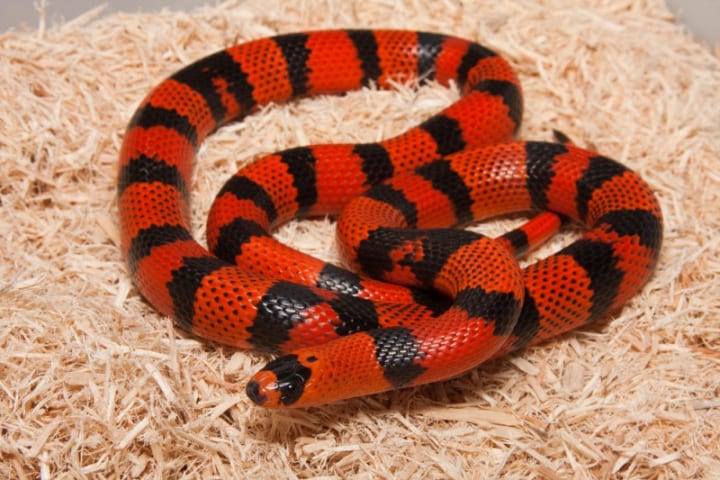
They are a good choice as pets because they are not too big, they are not poisonous, they have vibrant colors and they are easy enough to handle for beginners.
They also tend to be a little shy, especially when they are younger, but as they grow older they become more docile and friendly.
5. BOAEDON FULIGINOSUS SNAKE (AFRICAN HOUSE SNAKE
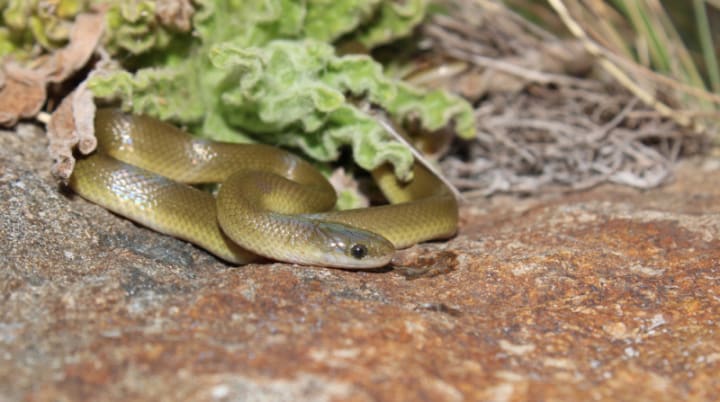
With their relaxed temperament and low maintenance requirements, these snakes are a great choice for beginners. They are absolutely harmless, have a medium length and unlike the other snakes mentioned, they do not have a range of vibrant colors, but rather have neutral colors such as brown or chocolate.




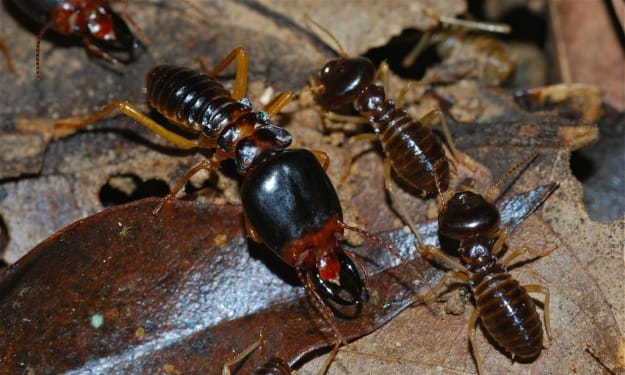

Comments
There are no comments for this story
Be the first to respond and start the conversation.